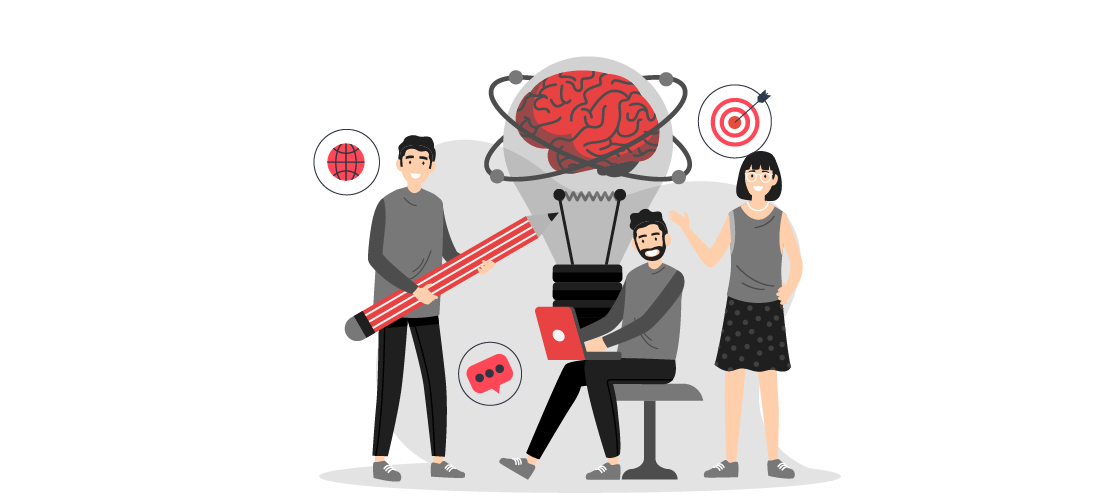Overview
Brand personality is the collection of human characteristics that are assigned to a brand, and they dictate how customers will view it. Brand personality provides a brand with a voice, attitude, and emotional tone. Brand personality, from a marketing perspective, enables companies to relate on an emotional, less rational level with clients, creating preference and loyalty. An effective, consistent personality has emotional appeal, making brands memorable and believable in competitive markets.
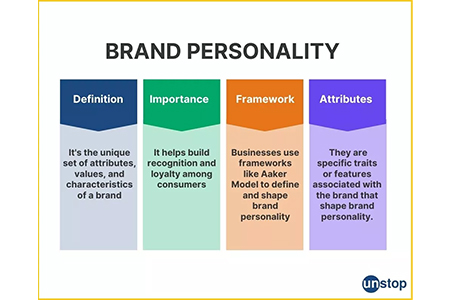
The Aaker Model - Brand Personality Dimensions
Sincerity
Sincerity is capturing brands that are seen as honest, kind-hearted, and trustworthy. Brand personalities that reflect family values, honesty, and warmth have such a personality. Right from authentic storytelling to empathetic messaging, a sincere brand personality builds long-term relationships based on trust and emotional connection.
Excitement
An energetic brand persona radiates energy, dynamism, and a sense of adventure. They are not helping themselves but constantly creating, experimenting, and testing boundaries. With daring imagery or provocative promotions, they get customers feeling alive, inquisitive, and always anticipating what's around the next corner.
Competence
Brand personality competence shines with intelligence, capability, and reliability. Such brands are regarded as competent leaders within their category. They build trust through experience, consistency of quality, and a long history of doing good, or often calling to analytical, performance-driven consumers.
Sophistication
Sophisticated brands are sophisticated, refined, and high-end. Sophisticated brands speak of desired lives in the vocabulary of rich imagery and premium messaging. This is a desirable personality to consumers who are seeking exclusivity, prestige, and luxury sensations in their brand experience.
Ruggedness
Tough brand characters are rough, rugged, and built to survive. Such brands attract customers based on strength, durability, and authenticity. They have a strong, earthy tone that attracts such individuals who believe in endurance, adventure, and being authentic.
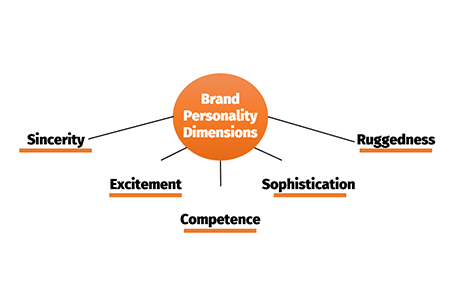
Frameworks of Brand Personality
Brand Archetypes
Brand archetypes represent widely recognized human personality types, which brands adopt to project their identity through the Hero or the Caregiver, and the Rebel. Each archetype triggers basic human emotions, which allows brands to connect authentically with their audience while maintaining their message through genuine storytelling.
Brand Identity Prism by Jean-Noel Kapferer
The Brand Identity Prism requires six constituents, physique, personality, culture, relationship, reflection, and Self-Image, which all collectively describe how someone thinks of a brand. It provides us with a method of describing brand personality as an aggregate of things, in balance between external form and internal values, and public perceptions.
Importance of Brand Personality
- Emotional Connection with Customers
Brand personality fosters an emotional connection because it makes the experience of a brand feel human. If an organization's values and tone match those of its customer, this increases the likelihood of building trust, recommending the brand and having the relationship appear long-term instead of being merely transactional. - Competitive Differentiation
Brand personality makes a particular company a crowd favorite; this means your brand does not distinguish itself based on product benefits but instead goes through emotional bonding, tone, and personality-an identity distinct to the customer. - Consistency Across All Channels
A brand personality supports communication, visuals, and so forth used at interactions with customers, be it social media, event marketing, advertising, or customer service. Having a consistent brand creates recognition through trust and presents a unified visual front. - Building Customer Loyalty
A customer will ultimately favor the brand he or she can somehow relate to. The appealing personality of a brand develops familiarity and forms emotional connections, which in turn makes one-time buyers loyalists who stand for the values, story, and voice of that brand.
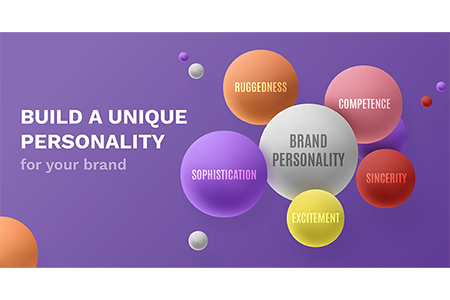
How to communicate your brand personality?
Visual Identity
Visual identity is everything that can portray the personality of a brand. Simple and sleek or outrageous and expressive, visuals can spell out emotional connections and the soul of a brand in an instant.
Tone of Voice
Tone of voice ought to describe how your brand speaks and behaves. It should be playful or formal, empathetic or witty it needs to be an extension of your brand's personality in every copy you write, every interaction you have, and on every communication channel.
Customer Experience
Every touchpoint-an interaction on the site or chatting with a customer has to speak and embody your brand personality. Those thoughtful-on-the-nose-type-of-interactions will create a lasting bond with personality into every moment of that interaction.
Content and Storytelling
Storytelling is an effective means of expressing brand personality. Brands are able to tell authentic stories that hold true to their values, connect with their fans, and bring emotional depth through blog, video, and social content.
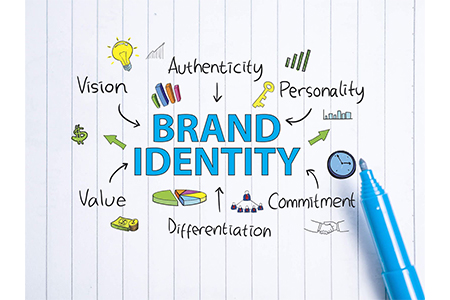
How does a brand personality come to life?
Touchpoints and Interactions
Brand personality comes alive in all customer touchpoints—be it in-store ambiance, online chat response, or package print. Touchpoints build on personality traits and make lasting impressions.
Customer Perception
What customers feel and say about your brand shapes how your personality is interpreted. Positives fuel advocacy, while mismatches chip away at trust. Aligning intent and perception is the key.
Employee Behavior
Staff are brand ambassadors. They have to embody the brand personality in their conduct, words, attitude, and style of service. Internal alignment will make the whole brand appear and feel natural from the inside out.
Brand Consistency
Consistency creates credibility. A brand personality must be consistent across campaigns and channels in order to create familiarity and trust. Change waters down identity, but consistency deepens emotional attachment.
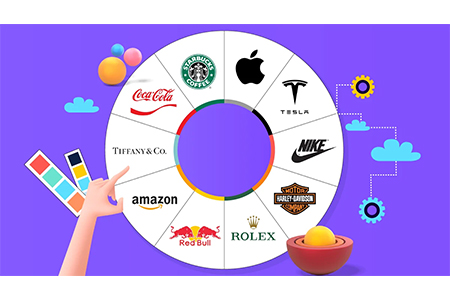
How to create a brand personality?
Identify Target Audience
Foundation: Target Customer. Extensive research of audience interests, habits, and desires. A personality for the brand that mirrors their values and lifestyle will speak to individuals and make an impression.
Define Core Brand Values
The brand's core values develop personality traits. Your company's brand is sustainability, innovation, or dependability, whoever it is, your behavior, words, and actions in the world should be motivated by your values.
Study Competitors and Market
Competitor analysis exposes opportunities and gaps. By observing how others are presenting their brand personality, you are able to present yours, differentiated and uniquely compelling to his or her audience.
Use Frameworks and Models
Such models as Aaker’s Brand Personality Dimensions or Kapferer’s Prism create a grammar or a language to express abstract value qualities into a strategic value yielding system, ensuring that the brand personality is cohesive and authentic.
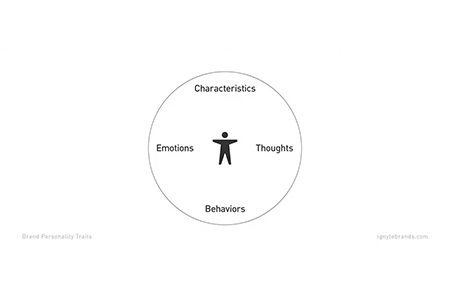
How to define brand personality?
Research Audience Preferences
Start with audience insights. Surveys, focus groups, and social listening can all provide clues into what qualities your target audience values most. Inversely, a brand personality aligned with that could convey a meaningful association, interchanging longevity.
Choose Personality Traits
Select traits that represent what your brand truly is: friendly, bold, sophisticated, et cetera. Such qualities are best chosen based on expectations of the external audience and internal culture, for there must not be any dissonance.
Align Traits with Core Values
A consistent tone founded on one's personality type and essential brand values creates an authentic sense of spirit. If honesty matters to you, then sincerity and openness should be demonstrated through every possible channel: in tone, conduct, and message.
Validate Through Testing
Test your brand personality with campaigns, messages, or focus groups. They offer reaction and lead toward changes that ensure your brand is perceived as human and relevant, depending on actual input.
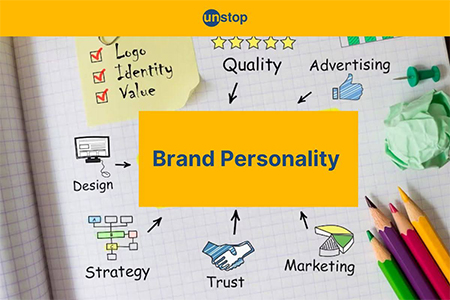
Tips for developing a brand personality
- Be Authentic
Authenticity resonates. The personality of the brand must be the true version of who you are, not who you think they want you to be. It is being authentic and creating trust and an emotional bond over the long haul. - Consistency is Key
The personality has to be felt everywhere, in captions and in customer service replies. Mixed signals will just confuse customers, while a cohesive personality will strengthen the brand identity. - Leverage Storytelling
Stories make brands come alive. Share some moments from behind the scenes, at the origin of your brand, or impromptu customer experiences. Such tales allow the brand to be humanized while deepening the emotional connections of the audience. - Continuously Adapt
Working while evolving with the audience is crucial. You should study trends, analyze feedback, and watch for changes in conduct so that your brand personality stays fresh and remains a reflection of current expectations.
Frequently Asked Questions (FAQs)
Yes, but deliberately and gradually. Refreshes may be initiated by changes in consumer values or the market, but abrupt ones alienate or perplex existing customers.
It can, but a well-planned brand personality may take weeks or months to create. It is research, planning, and relentless application across all touchpoints.
Brand personality is the way the brand acts and talks, whereas brand image is the way it's viewed by the general public. Personality determines the image, but perception is in the hands of the audience.
Brand personality portrays the emotional and human qualities of the brand itself, whereas business personality is usually used to describe the corporate culture or tone of leadership behind the scenes.
Brand personality refers to the essence and character of the brand. Marketing personality is how this character is enacted in campaigns, communications, and promotion efforts.


